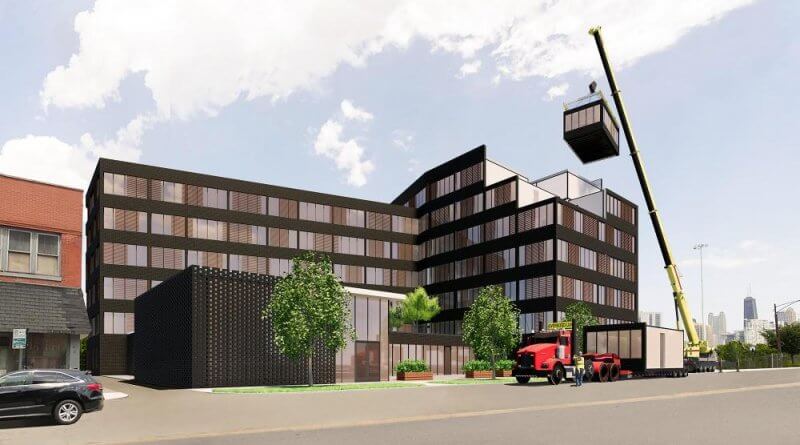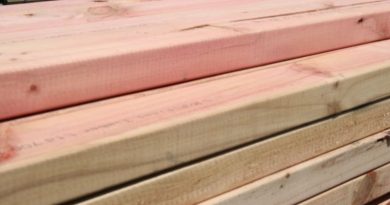Modular, Offsite, and Prefab Construction during Covid
According to US based JB Knowledge, 78% of commercial construction used prefabrication last year. When executed correctly, offsite construction eliminates many of the inefficiencies found on a typical jobsite. This also makes it ideal for use during, and after, a pandemic as owners may look to ramp up construction quickly as economic conditions improve.
Workstations can be sanitized and disinfected during shifts, social distancing can easily be maintained, and additional shifts can be added to speed up completion of projects. Some of the tasks can be automated, which can help speed up construction for projects with a shorter timeline.
Offsite construction is performed in a controlled environment and it works similar to an auto manufacturing plant. At each station, workers have all the tools and materials to consistently perform their task, whether that be constructing a wall frame or installing electrical wiring. This assembly plant method of construction reduces waste and allows workers to be more productive.
Offsite construction typically comes in two forms: modular and prefabricated. With modular construction, entire rooms can be built complete with MEP, finishes, and fixtures already installed. Prefabricated construction, building components are built offsite and then assembled or installed once they have been transported to the construction site.
Prefabricated building components cover everything from framing, internal and external wall panels, door and window assemblies, floor systems, and multi-trade racks, which are panels with all the ductwork, wiring, and plumbing packaged together. In both, the factory-built components are transported to the construction site assembled, meaning less workers are needed on the site to finish assembling the building.




